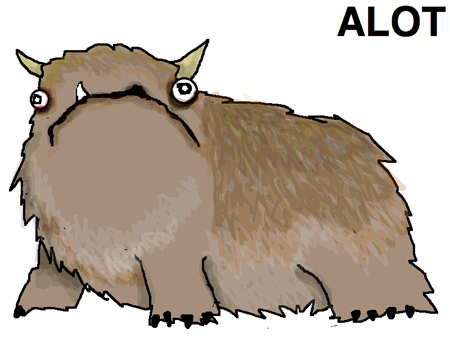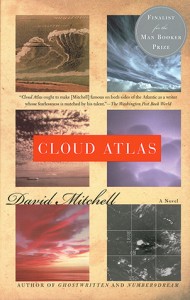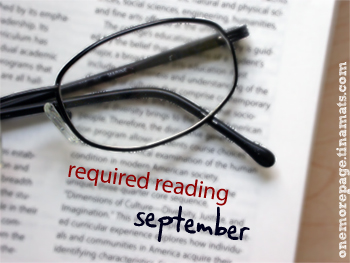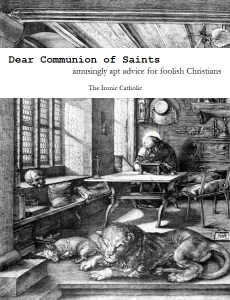 Hyperbole and a Half by Allie Brosh
Hyperbole and a Half by Allie Brosh
Publisher: Touchstone
Number of pages: 384
My copy: ebook from Netgalley
This is a book I wrote. Because I wrote it, I had to figure out what to put on the back cover to explain what it is.
I tried to write a long, third-person summary that would imply how great the book is and also sound vaguely authoritative—like maybe someone who isn’t me wrote it—but I soon discovered that I’m not sneaky enough to pull it off convincingly.
So I decided to just make a list of things that are in the book: Pictures. Words. Stories about things that happened to me. Stories about things that happened to other people because of me. Eight billion dollars. Stories about dogs. The secret to eternal happiness.
These are lies. Perhaps I have underestimated my sneakiness!
* * *
I’ve loved Hyperbole and a Half ever since my colleague told me about the blog. I remember there were days when I’d read the blog and start laughing uncontrollably at my desk, reading and rereading my favorite entries and hoping for more, more always more because the world needs more stories from Allie. I loved the drawings, the seemingly impossible stories about her dogs, the stuff about cake, the Alot and stories of her childhood. They were funny and crazy and just a delight to read, and the blog became one of my go-to places whenever I need some cheering up.
So I was thrilled when I found out she had a book coming out, because like I said, I can’t get enough of her stuff. It took a little while, because of her adventures in depression, but I was glad when I saw the book up on Netgalley. It came at a pretty good time, too, because I needed something quick and funny to read, and this was just the one I needed.
Hyperbole and a Half contains some of the stories that you can find in Allie’s blog, with some new stories, too. I had fun reading the stories in this collection, although I have to admit that some of them didn’t make me laugh too much because I have read them too many times in the blog. I guess I can only laugh about them so much?
The other never-before-seen stories were funny, though, and I especially loved the one with the goose. Oh my Lord, I had a grand time reading that one, and I can’t stop laughing over the images of the goose trying to get in the room, and the scene in the car. The funniest part of it were the actual photos of the goose to prove that it really happened — you know what, even if it didn’t really happen, I don’t care. It was just so unbelievably funny that it is now a part of the favorite Hyperbole and a Half stories in my head.
I think most of my reading experience was hampered a bit by the device I used to read the book and the ebook formatting. I read the book in my phone because reading it in Hannah the Kindle Paperwhite won’t be fun because the illustrations aren’t colored. My phone has an itty-bitty screen though, and it made reading just a little bit bothersome compared to say, if I read it in an iPad or a bigger tablet. Plus the formatting was sometimes wonky, so I wasn’t sure if I was reading a new story or if it’s a part of the previous story until I’m sort of halfway through.
But I think Hyperbole and a Half is best read in print format, because of the illustrations. I liked it a lot (alot, heehee :P), and it was still pretty funny despite the technological limitations I faced. If you’re a fan of her blog, go and get this, at least to have a print copy of the stories you loved. But if you’re sort of new to her, you can dip your toes in her stories by browsing through her blog.
Oh, and like everyone else who reviewed this book said, I have to say it too: I missed the Alot. :(
Number of dog-ears: 6
Favorite dog-eared quote(s):
Nobody can guarantee that it’s going to be okay, but – and I don’t know if this will be comforting to anyone else – the possibility exists that there’s a piece of corn on the floor that will make you just as confused about why you are laughing as you have ever been depressed.
Sometimes expectations arise as a result of oversight on my part. But when there’s a snag in my plans because I failed to account for something, it still feels like reality’s fault. Reality should know about my plans. It should know when I’m not expecting to deal with the unexpected, even if it isn’t very unexpected.
Rating: [rating=3]



